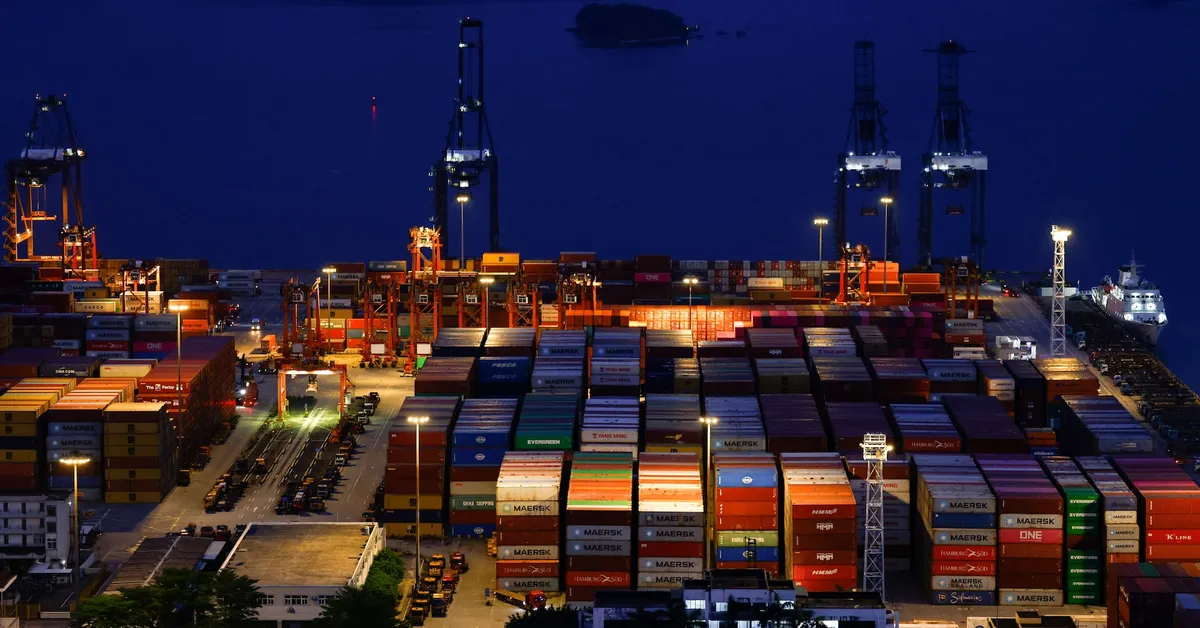
On June 11, President Donald Trump made a significant announcement regarding the U.S.-China trade deal, declaring that the agreement is finalized. According to Trump, this deal entails that China will provide essential magnets and rare earth minerals, while the United States will open its doors to Chinese students in American colleges and universities. Trump shared this information on his platform, Truth Social, emphasizing that "WE ARE GETTING A TOTAL OF 55% TARIFFS, CHINA IS GETTING 10%. RELATIONSHIP IS EXCELLENT!"
A White House official elaborated that under the new trade agreement, the U.S. will impose a substantial 55% tariff on imported Chinese goods. This tariff structure includes a 10% baseline reciprocal tariff, a 20% tariff aimed at addressing fentanyl trafficking, and a 25% tariff that reflects existing tariffs. In contrast, China will impose a 10% tariff on imports from the United States, signaling a significant shift in trade dynamics.
President Trump indicated that the deal is contingent upon final approval from both himself and President Xi Jinping. He stated, "FULL MAGNETS, AND ANY NECESSARY RARE EARTHS, WILL BE SUPPLIED, UP FRONT, BY CHINA." He added, "LIKEWISE, WE WILL PROVIDE TO CHINA WHAT WAS AGREED TO, INCLUDING CHINESE STUDENTS USING OUR COLLEGES AND UNIVERSITIES (WHICH HAS ALWAYS BEEN GOOD WITH ME!)."
U.S. and Chinese officials reported that they had reached a preliminary framework to revive their trade truce and alleviate China’s export restrictions on rare earths. However, there remains uncertainty surrounding a lasting resolution to the ongoing trade tensions. Following two days of intense negotiations in London, U.S. Commerce Secretary Howard Lutnick announced that this framework deal builds upon an earlier agreement made in Geneva aimed at reducing retaliatory tariffs that had escalated to exorbitant levels.
The Geneva agreement faced challenges due to China’s restrictions on critical minerals exports, prompting the Trump administration to implement its own export controls. These controls hindered shipments of vital goods, including semiconductor design software and aircraft, to China, further complicating the trade landscape.
Trump's fluctuating tariff policies have caused significant upheaval in global markets. The unpredictable nature of these policies has led to increased congestion and confusion in major ports, resulting in substantial financial losses for companies amounting to tens of billions of dollars. As the U.S. and China navigate this complex relationship, the implications of the new trade deal are poised to resonate throughout the global economy.